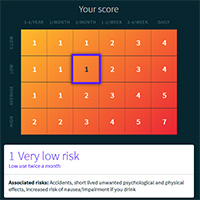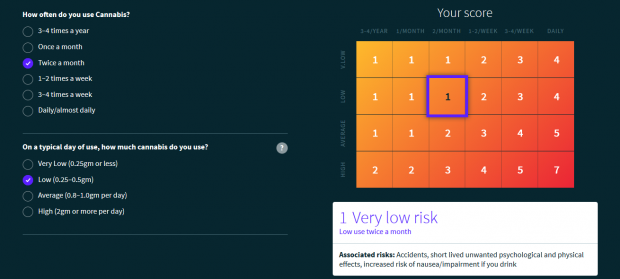In 2013, Miley Cyrus released a song called We Can’t Stop, which was controversial because of the words, “We like to party, dancing with Molly.” The controversy comes from the name Molly, which is a reference to a synthetic stimulant also known as MDMA or ecstasy. This drug has been popular for decades, commonly used at raves, clubs, and music festivals, and renowned for its effects that include increased energy and feelings of closeness and empathy towards others.
Ecstasy has been in the news a lot lately. Not just because of its references in popular culture, but because of its impurity and the resulting harms. While pure ecstasy should contain MDMA only, it sometimes contains other chemicals, such as PMA or PMMA, which is nicknamed Death because of its toxic effects. For example, 27 people in Western Canada died between July 2011 and April 2012 after they ingested ecstasy that contained PMMA. More recently, last year, two young adults died at the Veld Music Festival in Toronto after they consumed drugs that they probably thought were MDMA. Similarly, this year there have been multiple incidents at North American music festivals where attendees have suffered negative effects due to drug use, including ecstasy use, including the Chasing Summer Festival in Calgary.
Drugs sold as ecstasy are sometimes adulterated with other chemicals or contain no MDMA at all. To make matters worse, individuals cannot know the exact contents of tablets or powder sold as ecstasy based on their appearance. So what can people do to avoid “bad ecstasy”?
Here are two options:
1) Laboratory testing. People can send ecstasy to a laboratory pill testing program called the Ecstasy Data Program. Individuals can anonymously mail samples to the laboratory at the cost of $40 to test tablets or $100 to test powder, and in two to three weeks the organization will post the results of the analysis online. It is important to note that the laboratory can only detect active chemicals and chemicals that their instruments are capable of detecting, and the laboratory is only allowed to post the ratio of active chemicals, not the quantity.
2) Testing kits. Although laboratory testing is fairly accurate, ecstasy users may not want to pay the fee or they may not want to wait a few weeks to find out what is in their ecstasy. So do-it-yourself reagent testing kits, are a more convenient option since they produce results within minutes. To use the kit, you apply reagents to an ecstasy sample, and chemical reactions will produce colours, which can be compared to a chart that shows colours produced by different drugs. Test kits cost about $20 to $65 online, depending on the type of kit. Harm-reduction organizations often promote the use of testing kits because they are helpful in showing if an ecstasy sample contains no MDMA; however, they cannot reveal if a sample is pure MDMA nor the quantity of MDMA it contains. While testing kits are imperfect, they can provide a significant level of protection to users as long as they are aware of the limitations of the kits.
It is important to understand that even if a drug is pure MDMA it can still have adverse effects. Firstly, consuming a high dose of MDMA is dangerous, which is why groups in the United Kingdom recently started the Crush-Dab-Wait Campaign to help protect people when they are taking MDMA crystals. Secondly, an individual might have a bad, possibly deadly, reaction to even a small, pure dose of MDMA.
Ecstasy users should inform themselves of the harms and risks associated with ecstasy use, especially in regard to impurity, so they can help protect themselves if they choose to “dance with Molly.”

Author: Melanie Callas, MA Candidate, Department of Anthropology, University of Victoria




